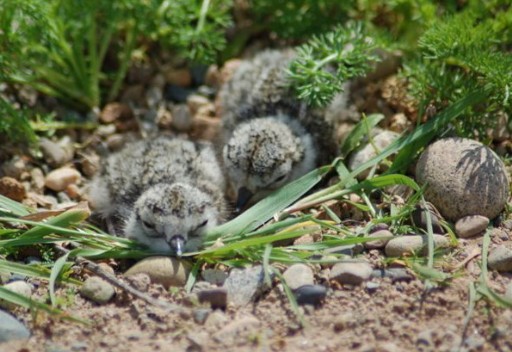Shore Birds in Decline
Reports


In 2017 a person who had meticulously counted the shore birds on Arran for almost thirty years decided to step down. He is one of thousands of counters who once a month on a designated date count the number of the birds on UK shores. The count is organized by the British Trust for Ornithology (BTO) and is called the Wetland Bird Survey or WeBS for short. On Arran there are currently eight stretches of shore monitored each month. His stretch of shore was Whiting Bay. When he indicated to me his intention to step down, he expressed the view that he felt the number of birds that he was counting each month was considerably less than when he started. I felt this was a valid observation from a reliable, methodical counter.
As the local organiser of the count I felt that I would like to investigate this further so I approached the BTO and asked if they would provide me with the shore bird count data for Whiting Bay for 1993 and 1994 when the present WeBS arrangements started and the data for the last two years. This was provided. From this I extracted all the counts of Oystercatcher, Ringed Plover, Curlew, Redshank and Turnstone. These are our most familiar shore birds. While some breed on our shores others feed on the shore on their way to and from breeding grounds further north. A comparison between the sum of the totals of these five species between 1993/94 and the sum of the totals of the last two years showed an 86% decline in number.
In twenty plus years that is a huge decline and from my point of view alarming. While there could be many inter-related factors at work including aspects associated with climate change, the general marine health of the Firth of Clyde or changes in distant breeding grounds, one factor that does contribute to this decline is human disturbance associated with dogs. While some of the large global factors may be difficult to manage, the local factor of human disturbance is one that could be managed and I would argue should be managed for the benefit of our wildlife.
That is why I am delighted to see this local initiative lead by the Arran Access Trust and supported by the Arran Natural History Society asking dog owners to keep their dogs under control particularly in the bird breeding season. Notices encouraging this are on display in areas where there are likely to be ground breeding birds. This is in line with the legislation in the Scottish Outdoor Access Code. These notices are a genuine attempt to protect our wildlife while giving appropriate access for humans. Hopefully those who love Arran will support this initiative and help ensure that the shores on Arran retain its wildlife because without it will be a poorer place.